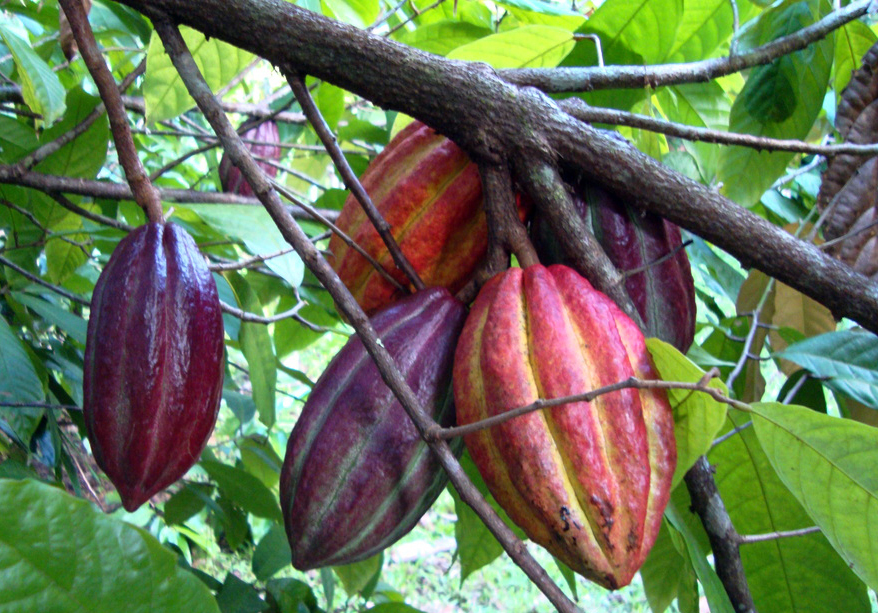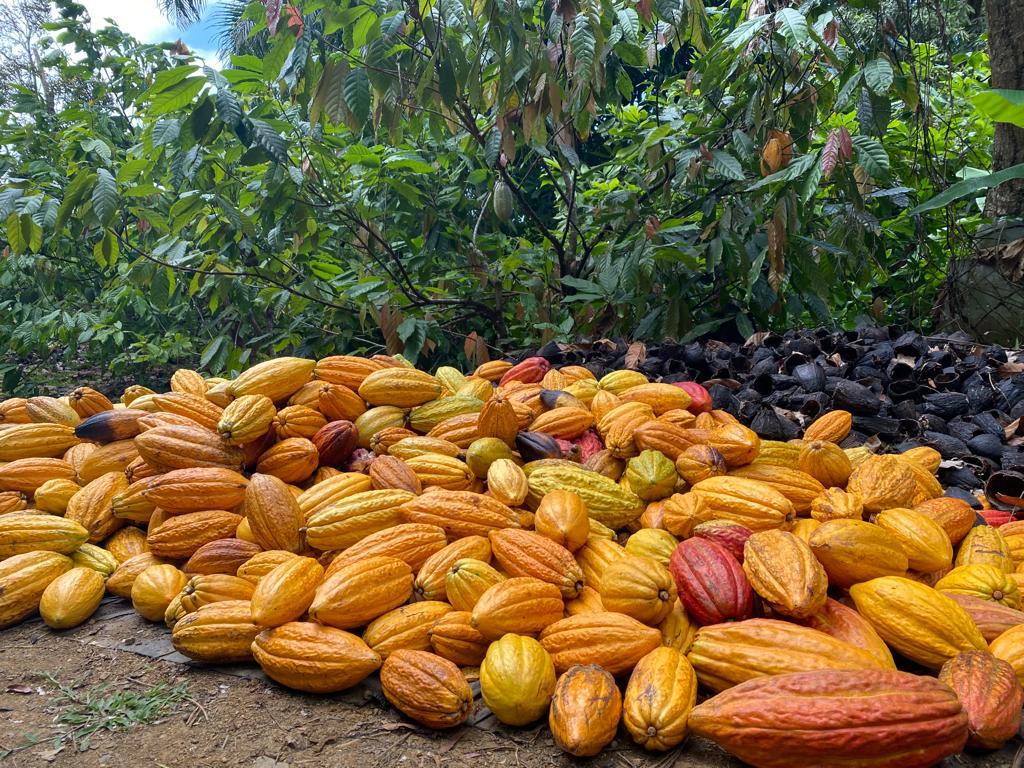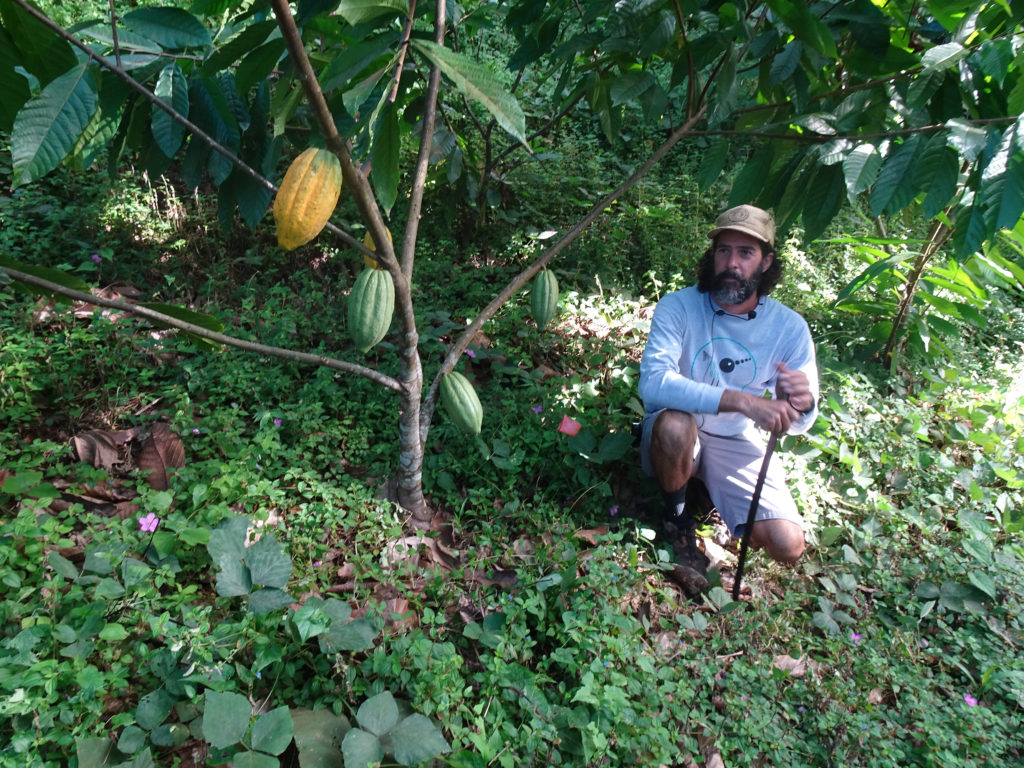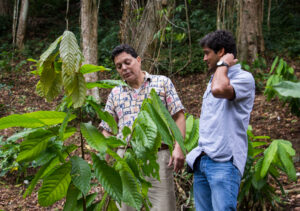BRIDGETOWN (IICA) — In response to the introduction in January 2019 of European Union (EU) regulations that stipulate stringent maximum levels (MLs) for cadmium content in chocolate
and cocoa products imported into the European Union market, the scope of the 11th European
Development Fund (EDF) Sanitary and Phytosanitary (SPS) Measures Project was enhanced to help the Caribbean to address the issue.
These activities to better manage cadmium concentrations in cocoa and cocoa-derived products support the implementation of the Trinidad and Tobago component of the Inter-American Institute for Cooperation on Agriculture (IICA)/International Cocoa Organization (ICCO) Project “Improving capacity building and knowledge sharing to support management of cadmium levels in cocoa in Latin America and the Caribbean.”

Funded by the Standards and Trade Development Facility (STDF), the Cocoa Research Centdf (CRC) at The University of the West Indies St. Augustine campus in Trinidad is responsible for implementing these cocoa cadmium-related activities.
The CRC is one of four collaborating implementing agencies, along with Agrosavia in Colombia, INIAP in Ecuador and SENASA and INIA in Peru. Latin American and the Caribbean Region supplies approximately one-fifth of the world’s cocoa and over 80 per cent of the world’s fine flavored and organic cocoa.
Cocoa is produced by over 400,000 tree crop farming families across 25 countries in Latin America and the Caribbean, including Puerto Rico. It is a major source of rural employment in producing countries.

The cadmium regulation could jeopardize the Caribbean Region’s access to lucrative cocoa and chocolate markets, and thus threaten the livelihoods of producers and other stakeholders in the cocoa value chain in the Region. Currently, rejections of cocoa bean shipments for cadmium levels from Latin America and the Caribbean are the highest in the world.
“Cadmium is a heavy metal found in the soil. It’s absorbed by the cocoa plant and transferred into the cocoa beans,” Professor Pathmanathan Umaharan, director of the Cocoa Research Center, said. “Countries, particularly the US, UK, and the European Union, have set regulations that stipulate maximum allowable limits for cadmium in cocoa-based products, which, if exceeded, can prevent access to these markets. The Caribbean Region produces fine or flavored cocoa which goes into the production of boutique high-value chocolates, and there is a concern that the new regulations may hamper exports.”
A major output of this project is a series of discussions called ‘Cadmium Talks’, which brings together experts from around the world to share their knowledge on solutions. How much do Caribbean farmers know about cadmium? And how can we reduce cadmium in our cocoa to a safe level? Dr. Elizabeth S. Johnson IICA Representative in Jamaica, outlined the structure of the webinars, “IICA is honored to be executing this project with the leading cocoa innovation and research centers in Colombia, Ecuador, Peru and Trinidad and Tobago. The issue of minimizing cadmium levels in cocoa and chocolate products is an intensive area of study in LAC, with projects in either Latin America or the Caribbean funded by multiple agencies. This project, jointly funded by the EU and the STDF, is the first attempt at harmonization of methods and farmer-ready mitigation strategies across Latin America and the Caribbean to maintain market access. We are very excited about the awareness raising and discussion forum opportunity with the launch of our ‘Cadmium Talks’ webinars.”

Adding his support at the launch of the new ‘Cadmium Talks’, European Union Ambassador to Trinidad and Tobago, H.E. Peter Cavendish.
“The European Union has established maximum levels for cadmium content in chocolate and cocoa products imported into the EU market in an effort to protect the health of consumers,” Cavendish said. “At the same time, the EU remains committed to further deepen our economic relations and enhance trade flows between our regions. That is why we are funding this project to help Caribbean partners fully capitalize on the Economic Partnership Agreement between our regions and to maintain the access of cocoa and cocoa products to the EU market. We expect this webinar series to provide much needed information and capacity building to cocoa producers and processors in Trinidad and Tobago and around the Caribbean region to ensure that their products can reach EU consumers.”
“This series of five webinars, with experts discussing different topics on Cadmium in Cocoa, followed by a guided Q&A session targeting farmers, will help the entire Cocoa Value Chain in the Caribbean and Latin America understand more about the issues surrounding Cadmium in Cocoa, the EU Regulations and markets for cocoa and chocolate products. The main points from these webinars will also be encapsulated into an audio product. This series will help cocoa farmers develop the knowledge, skills and practices needed to reduce cadmium levels in the cocoa and chocolate that farmers and manufacturers produce in the Caribbean.”
“While farmers and chocolatiers are the main beneficiaries of the project, everyone along the Cocoa Value Chain will also benefit. Professor Umaharan added, “It’s firstly about developmental impact because this is a major risk factor and reducing this risk is important for the industry to unleash itself and grow and attract investment. Cocoa is grown in the most vulnerable ecosystems on slopes and hillsides, and in many ways, it is an ecological protector contributing to carbon capture and the prevention of deforestation. Cocoa farmers also provide food security to the rural community as they often grow other crops alongside it. Expanding the cocoa industry translates into greater food security, greater environmental security, as well as foreign exchange earnings from exports.”

